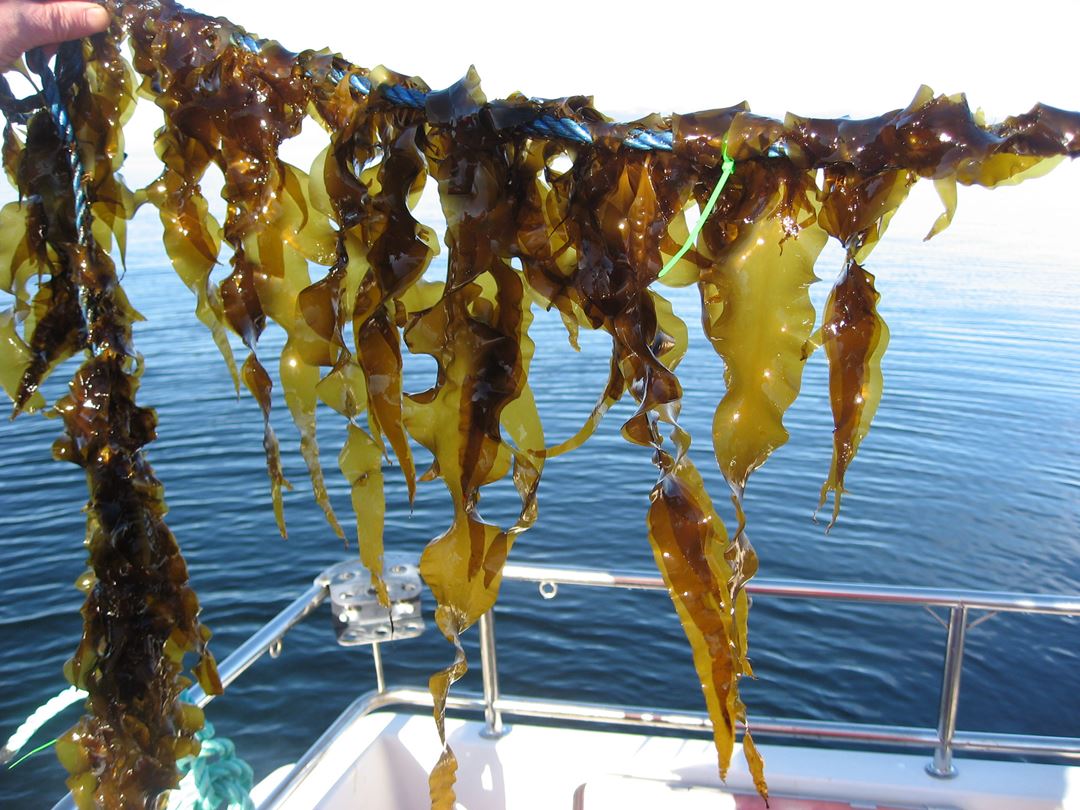The Royal Norwegian Ministry of Fisheries and Coastal Affairs gathered management, business interests and scientists at the seminar to discuss further opportunities for the industrial cultivation of seaweed.
–It is important to promote increased relevance and knowledge about the subject so that we can better assess whether this is an relevant area development. for further Norway should have a special prerequisite to achieve success in this field. We already have strong expertise and technological environments in areas such as aquaculture and offshore, said Berg-Hansen.
–Kelp is an important key species in our marine ecosystem. For this reason, I can not see that we will reap considerably more of our wild resources. This means that seaweed produced for bioenergy must be industrially cultivated. Production capacity of seaweed is very high compared with most land plants. Kelp is thus the most efficient species to bind carbon. This is interesting from a sustainability and climate change perspective, said the Minister of Fisheries and Coastal Affairs.

